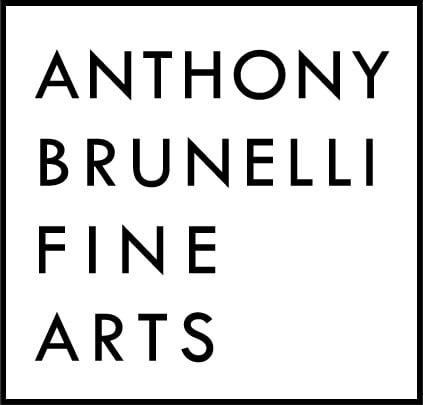Giles Alexander
Eternity : Far away. So close
2 August 2019 - 28 September 2019
Receptions: Friday, August 2nd, 6-9pm | Friday, September 6th, 6-9pm
About the exhibition:
This body of work continues to reflects upon existential themes: Who are we? What is our place in the grander scheme? Is there a knowable truth?
The wonder of our ever-deepening understanding of nature and the cosmos is linked to many of the great spiritual grand narratives. On one hand scientific progress appears to debunk the scriptures, on the other, mathematical interpretations of empirical evidence at the subatomic or cosmological scale point to a universe completely alien to human experience or comprehension, and require a similar suspension of disbelief.
As Ian Grieg observes, “at the poetic extremes of quantum speculation, science intersects the spiritual via the aesthetic perception of the infinite in the finite. Appeals to the theological and the ineffable are a particular mark of the confluence of physics and mysticism that characterise much popular quantum conjecture.” The leap of faith required in accepting, let alone representing, cutting-edge science should not be underestimated.
My painting process is both rational and intuitive, involving an iterative process of looking and spending time with each work. The construction of a figurative, formal and conceptual work is planned and purposeful. At the same time, paintings can sit in the studio for months and are created from multiple glazes; each one shifts the hue, value and tone over time and moves the work forward. In this sense the method is an intangible act of faith. The resin materiality of my practice straddles both chance; in the pouring and settling of the resin under gravity; and control, demanding elaborate planning and preparation to achieve laboratory-like conditions for the greatest optical clarity.
As they have emerged, new technologies have brought a new view of the world, and are changing how much of the universe we see. What is becoming increasingly clear is the strangeness of the universe: In many ways quantum theory is more bizarre than even the most dogmatic reading of religious text. As soon as we escape the confines of our blue planet and venture into the greater cosmos beyond, we quickly grasp that qualitative notions about orientation, up/down, left/right become redundant. Our vision too is ill equipped to process the full spectrum of optical data, evolved to interpret the thin slither of the visible electromagnetic spectrum useful to earth-bound mammals over the last few million years.
In my practice, along with figurative clarity, I am compelled by what cannot be seen, or can be seen only with the help of technology. I explore these ideas through colour, luminescence, gradient, mark making, focus, rotation, geometry and the spatial ambiguities that optically ambiguous, shiny and transparent surfaces create, such as void, perspective, reflection and refraction.
While the resin mirror itself is entirely passive; it reflects what occurs in front of it, calling upon the viewer and environment to play an active part. Interplay arises between their fleeting appearance and disappearance. It is no longer pure contemplation; the losing of oneself in the image that is characteristic for the reception of pictorial art, but rather a direct confrontation with the self. Boundaries between realism and abstraction are challenged as the reflective artwork switches between void and image, while the very act of viewing affects the reading of the work, in a manner analogous to the observer effect and other quantum phenomena.
The visual arts have evolved as new technologies for representation have become available, raising questions about the relevance of old techniques and the validity of new ones. Despite the abundance of these new technologies, what is it that remains compelling about crushed pigment brushed by hand onto a stretched fabric? In ‘What Painting is’, James Elkins describes the painting process as “something measured and rationalized, but ultimately felt”. He goes on to liken the painting process to alchemy, saying, “Painting is struggling with materials and not quite understanding what is happening”.
View exhibition catalogue here
View artist interview here











